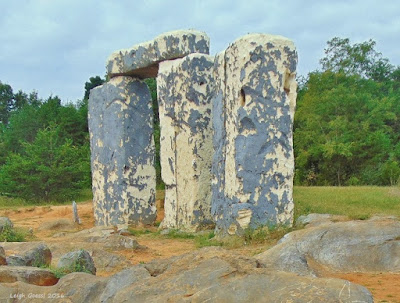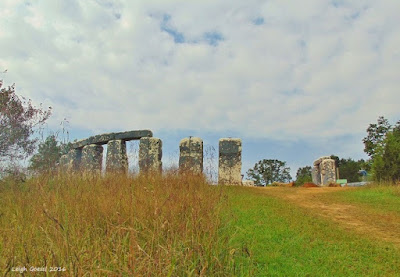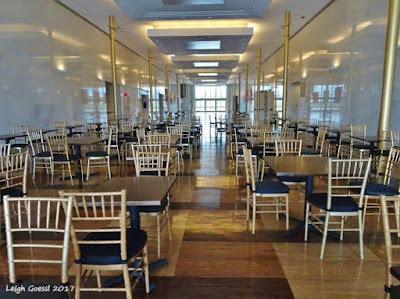 |
| Entering Bull Run Park |
Here are some events taking place in the area:
Bull Run Festival of Lights
Bull Run Regional Park, out in western Fairfax County, kicks off its annual Festival of Lights and carnival usually around Thanksgiving time. The drive through the lights, which can be enjoyed while listening to the local radio station that plays holiday tunes, takes about 30 minutes from the beginning of the festival to the end.
At the end of the ride, arrive at the carnival where you’ll find plenty of parking. On some of our earlier trips, the kids had fun coloring holiday sheets and roasting marshmallows over the fire. You’ll also find carnival rides, a photo-op with Santa, and camel rides, along with other standard carnival fare, but we’ve never taken part of these. The festival of lights usually ends the first week in the New Year.
Tip: If you’re able to go during the week, the lines are much shorter and you get a break on the price too. Also dress warmly if you plan to say for the carnival!
Zoolights
Zoolights is a lot of fun. An annual tradition at the National Zoo, on our last visit we chose to go during the holiday break and, while it was a little chilly, there was enough to see and do to keep us moving around. Lots of lights and enough of the animals were awake to visit with. During the week between Christmas and New Year it’s likely to be a bit crowded (it was when we went), but is still a great time. Admission is free! Parking is not. The Metro is a good option, there are two stops on the Red Line that are relatively close to the zoo (Woodley Park Zoo-Adams Morgan and Cleveland Park). Also, there are some attractions that do cost a fee. Dress warmly and wear comfortable shoes!
Winter Walk of Lights at Meadowlark
Meadowlark Botanical Garden’s annual Winter Walk of Lights begins in mid-November and ends in early January. Lit up in hundreds of thousands of LED lights and displays, wear comfortable shoes I’m told. I have heard great things about this event and it’s high on my list of places to visit.
Symphony of Lights Drive Through
This is one I’ve just learned about. This light festival, a 20-year tradition in Maryland’s Howard County, is a light festival consisting of approximately 300,000 lights, along with a laser light show, and 3D holiday video. Visitors drive through the lights and listen to holiday music as the lights twinkle to the beat. This is a fundraising event that benefits Howard County General Hospital: A Member of Johns Hopkins Medicine. The hospital is located in Columbia, Md. The festival begins just before Thanksgiving and runs through New Year’s Day (open all holidays except New Year’s Eve).
Annual Winter Festival of Lights at Watkins Park
This annual tradition in Prince George’s County kicks off on Thanksgiving and runs through New Year’s Day. This one is also a drive-through event for visitors to enjoy the lights in the comfort of their cars. The park advertises over 1 million twinkling lights and themed displays. Located in Upper Marlboro, Md., the park also collects canned foods and non-perishable items to donate to local food banks.
Other festivals in Maryland include The Winter Lights Festival in Gaithersburg, Md., Annmarie Sculpture Garden & Arts Center in Dowell, Md. (check the website for dates) and the Winter Lights Festival at Seneca Creek State Park (Montgomery County), Festival of Lights at the Washington D.C. Temple of The Church of Jesus Christ of Latter-day Saints (right off the Beltway), and Lights on the Bay at Sandy Point State Park.
New for this year is Light Up the Wharf at D.C.'s newest spot for dining, entertainment, and more. The site isn't very descriptive but there will be a lighted Christmas tree other displays.
Update Nov. 15, 2018: I just saw a mention on the local news about the One Million Lights Festival, which is one I wasn't familiar with. Information can be found on the official website.
Do you know of any other beautiful, tacky, or just plain old cool, light displays? If so, let me know in the comments section.
Have a wonderful holiday season full of light!



































